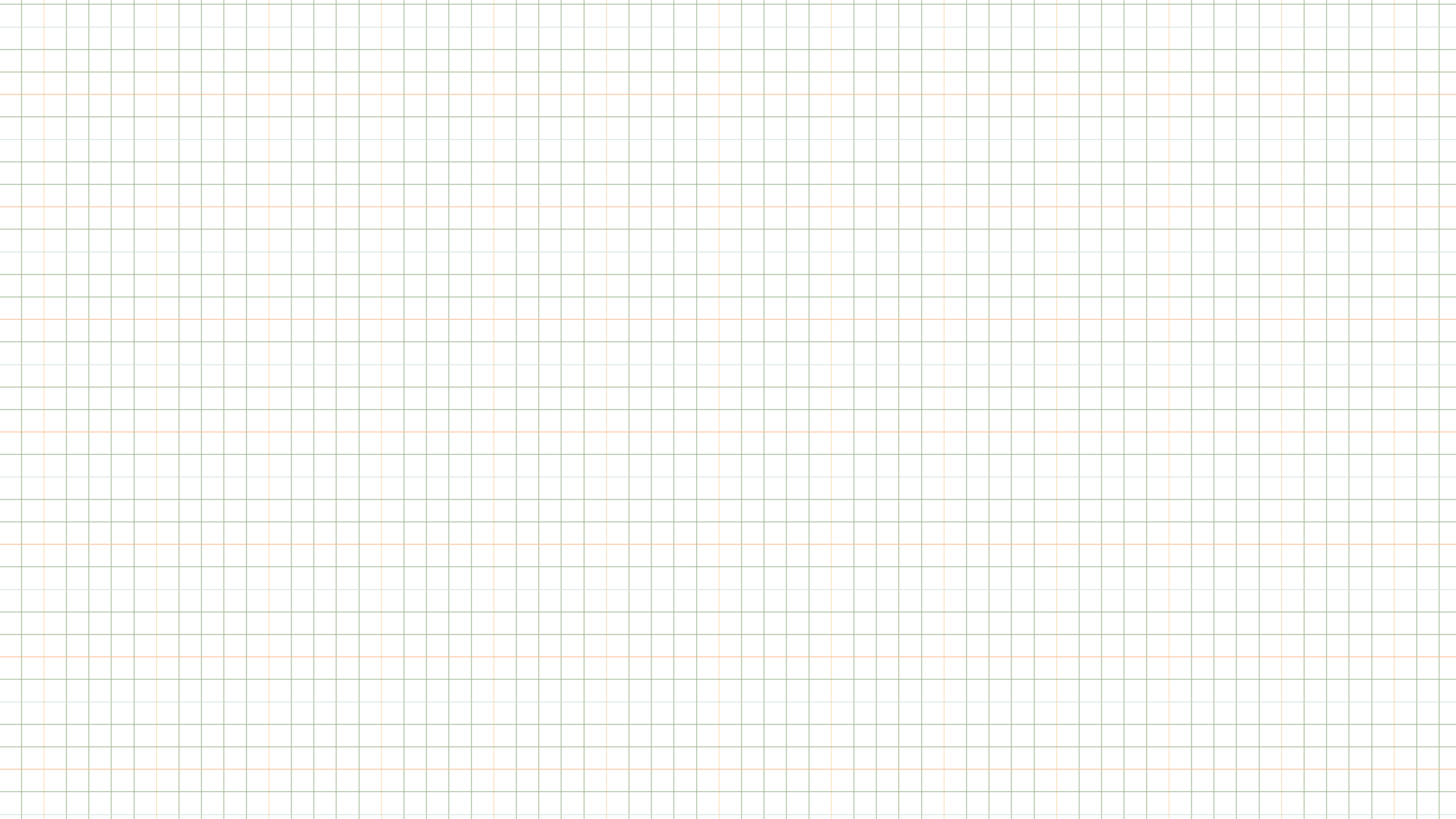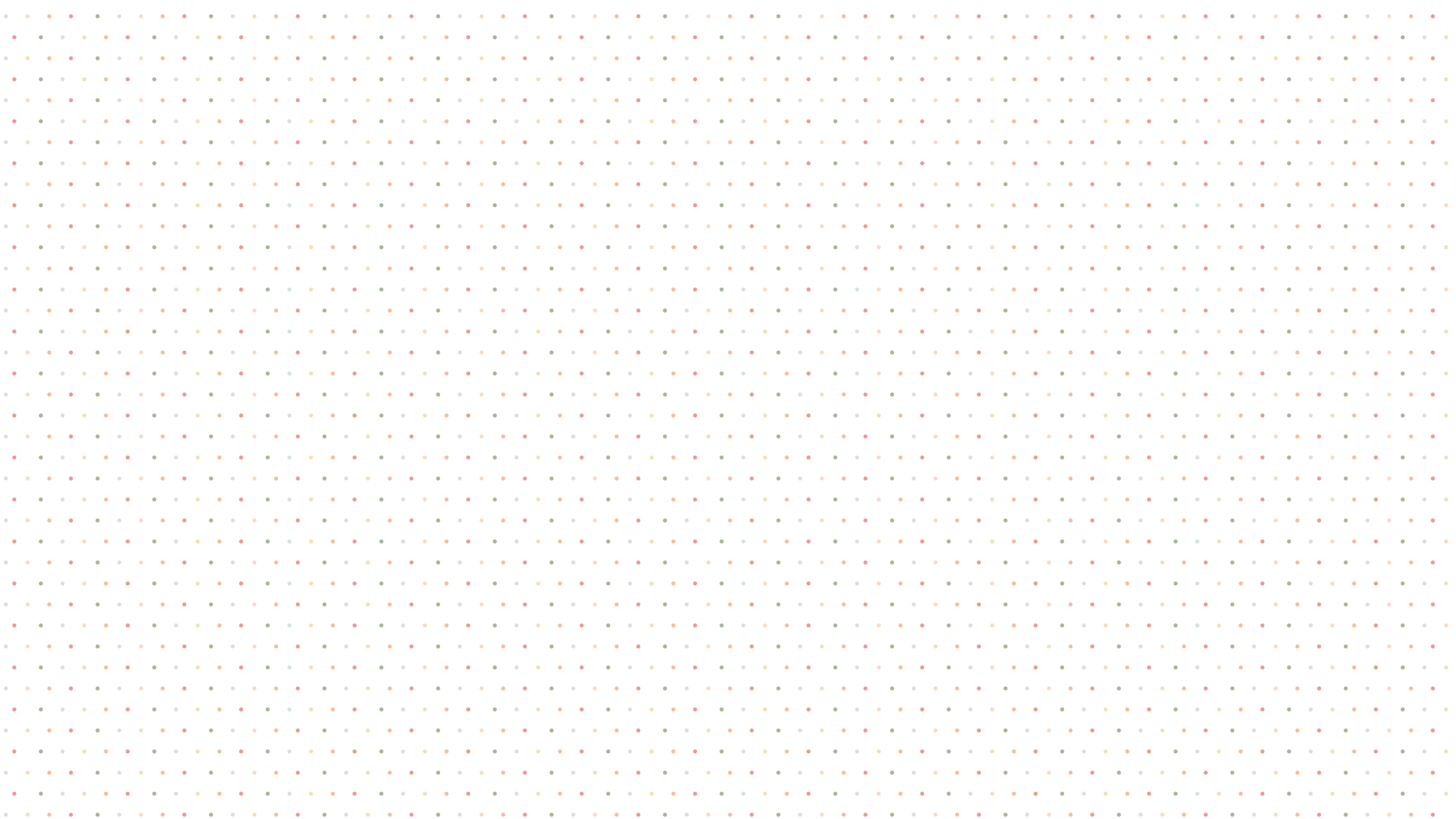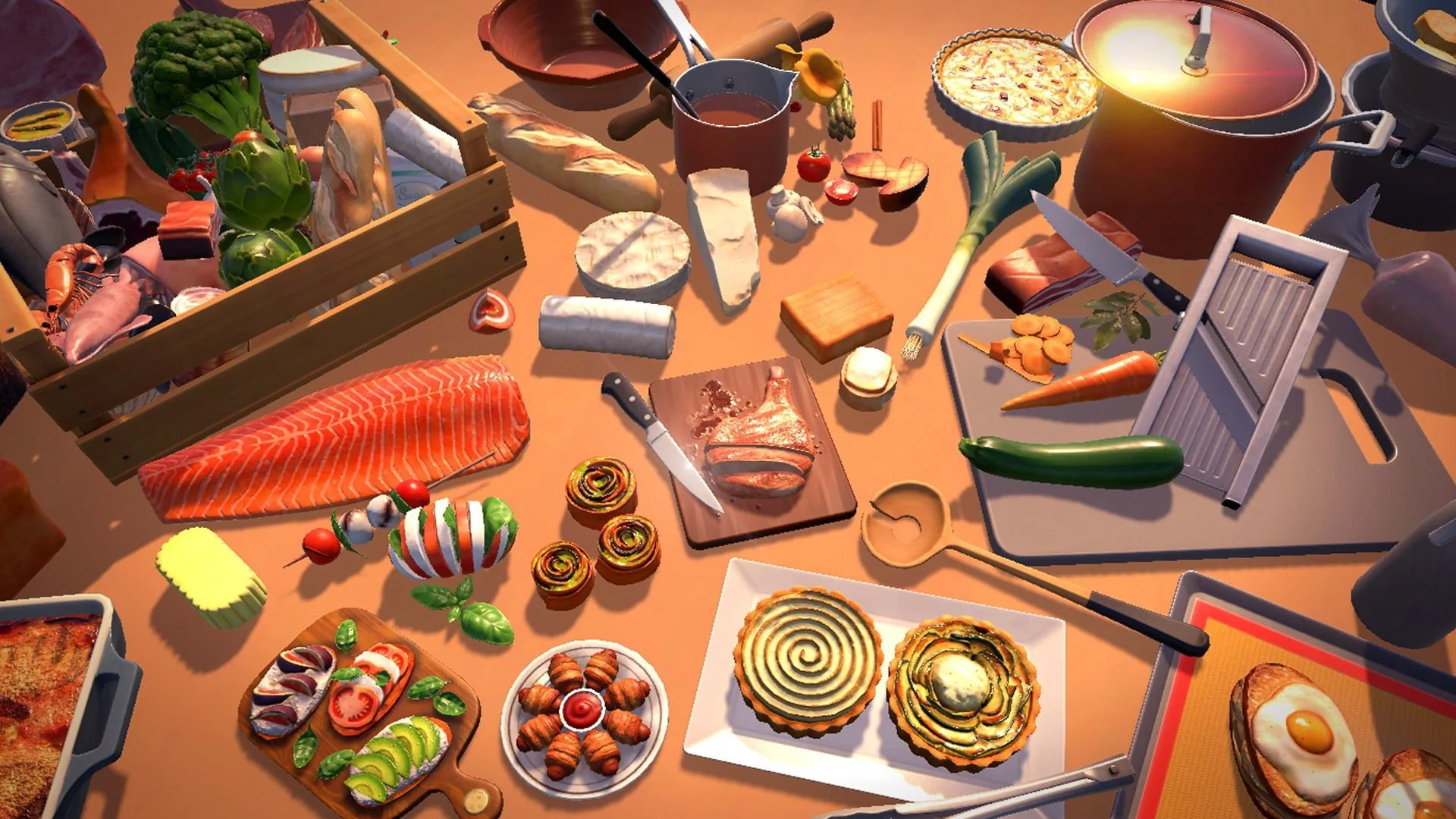
Note: no document will be available for now, since the game is not out yet, and my work is still under NDA!
I started to work on this project as a QA tester, but would occasionnally assist the design team by implementing the content they designed, taking part in their meetings and regularly giving them feedbacks about the changes they had planned.
When I got promoted to UX designer, almost all of the game’s core design was already done, which meant that extensive rework of parts of the game would not be possible. This was an interesting challenge, as I had to suggest polish and positive changes without (entirely) breaking the game’s structure and systems!
Studio: Cyanide (published by Nacon)
Dates: July 2021 - August 2022
Roles: Game & UX Designer
Tools: Unity 3D - PowerPoint - Excel - DokuWiki - Figma - Redmine

What I worked on
-

Game Design
-

UX Design
-

Narrative Design
-

QA test
Integrating content
As a Game Designer, one of my main tasks was to implement quite a lot of datas into the game, mainly items, crafts and quests.
For items and crafts, I used an internal database set up by our programmers to integrate content designed by another game designer. I was also in charge of keeping the database clean and fixing the bugs as they were discovered by the QA team.
Besides, I had the opportunity to design all of the quests in the game, from the main quest to the random events pushed during LiveOps. I also implemented the latter in an online database, using pyLobby.
Rationalizing controls
As a UX Designer, my first focus was to clean the controls maps and rationalize the inputs we used, both for gamepad and the mouse-keyboard duo. I started by listing literally every action demanding an input in the game, then divided them into different categories and assigned them an input based on the category they best fit in.
Finally, I was also in charge of implementing those changes into the engine by creating new control maps directly in Unity, then linking them in all of the game’s prefabs. When this was over, I had to test those new controls thoroughly to insure they were functional, but also easy to understand and to use. I also gathered feedbacks from the other designers and the QA team to fine tune the control scheme.
Reviewing interfaces
My other focus was to gradually review the game’s interfaces to polish them or, sometimes, simplify them. With the rest of the design team, we pinpointed which interfaces were frustrating to use or were lacking in something, then I would suggest changes with documentation available on the project’s wiki as well as mockups when necessary.
I especially spent time (re)-designing the settings menus and the rebind menu in particular. Because we wanted the players to enjoy the game how ever they wanted to, we had to have various difficulty settings to fine tune the player experience as their convenience. This intent also meant that we wanted the players to be able to completely change their controls to suit them best, which was a design challenge because of all the technical implications it had.
Finally, I also helped re-design some of the character creation’s screens, by including a new customization setting: the player avatar’s pronouns, which can be changed independently of their looks. This is an attempt to normalize the choice of pronouns in games instead of imposing the avatar’s gender based on their appearance, to promote gender diversity!












